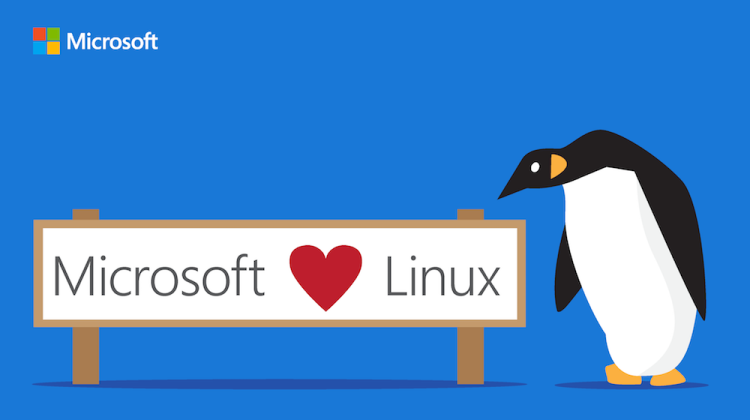Microsoft hit a major milestone today with the official general availability of SQL Server on Linux. The latest version of the company’s database software will be available both on Windows Server and Linux, giving customers more choice about what operating system they want to use and opening Microsoft’s database software up to new businesses.
It’s a milestone that has been a long time coming. Microsoft first announced last year that it would make SQL Server available on Linux and has since been working to make that software ready for production.
The launch is part of Microsoft’s continuing evolution of SQL Server over the past several years away from just a database management system into software that can also be used for data analysis, machine learning, and data science. One key component of this year’s release is support for running machine learning workloads inside SQL Server using Python.
That feature allows data scientists to run experiments on the full corpus of information stored inside SQL Server, rather than requiring them to transfer the information into another location for further processing. It’s one of two languages available for machine learning services inside SQL Server — the other being R, which Microsoft integrated last year.
June 5th: The AI Audit in NYC
Join us next week in NYC to engage with top executive leaders, delving into strategies for auditing AI models to ensure fairness, optimal performance, and ethical compliance across diverse organizations. Secure your attendance for this exclusive invite-only event.
“In the middle of all of this, to keep flexibility and choice is absolutely critical,” said John “JG” Chirapurath, a general manager for Microsoft’s data platform business. “We can’t walk into a customer today and offer them a data platform that exclusively works with Windows or, say, C#. We’ve got to go in there and say, can we meet you on your terms, and what does that look like?”
Pricing for the software hasn’t changed since the release of SQL Server 2016. Microsoft has four tiers available — Enterprise, Standard, Express, Developer, and Web — and the price for each of those is the same on Windows or Linux. (Microsoft and Red Hat are launching a special limited discount for customers of SQL Server and Red Hat Enterprise Linux.)
Microsoft is also working to make it easier for customers to move their SQL Server workloads from on-premises data centers to its Azure cloud with a new Database Migration Service. That feature is designed to provide a mostly automated path to the cloud with zero downtime, so customers can keep their important applications up and running while making the move.
Customers who want to run their applications in a hybrid configuration can use Azure SQL Database Managed Instance, which was announced in May and made generally available today. That service is supposed to provide the benefits of Microsoft’s managed database service like automatic updates while maintaining 100 percent code compatibility with the latest on-premises version of SQL Server.
In addition, businesses with existing SQL Server licenses will be able to apply them to Microsoft’s cloud using an updated Azure Hybrid Benefit. Users will get a discount of up to 50 percent off list price on running Azure SQL Database Managed Instances along with the SQL Server Integration Services component of Azure Data Factory.
That pricing change is similar to the discounts that Oracle announced last week for customers using its platform-as-a-service offerings with corresponding legacy licenses.
Focusing on hybrid scenarios is important for SQL Server to meet the needs of its customers, according to Rohan Kumar, Microsoft’s general manager of database systems.
“One of the things is while digital transformation is on everyone’s mind, everyone’s pretty unique in their own journey,” he said. “So it’s never really about ‘I’m going to shut down my data centers and move everything to the cloud,’ or ‘I’m going to keep everything [on premises].’ When we talk about this hybrid play, it’s actually truly the thing that we see play out in our customers worlds.”

